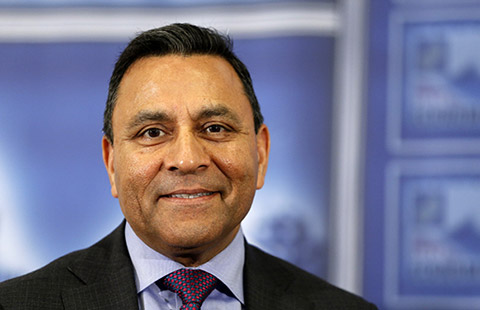Shanghai Free Trade Zone details to be delayed
Vivian Jiang, a tax and legal business partner with Delloitte Touche Tohmatsu, estimated that an all-round rollout of reform in the FTZ may come out some time in 2014, after legislation work in the area is complete.
She pointed out that the key to the successful operation of a FTZ will depend on a sound communication and coordination among central government, local government and enterprises. It is also a major challenge for the authorities to make sure the reforms are foreseeable and sustainable.
Despite all challenges, experts still have confidence in the prospects for the Shanghai FTZ.
China is very much forced into FTZ reform because of its domestic economic imbalances and the external pressure such as from the Trans-Pacific Partnership Agreement led by the United States, Chen said.
"If the Shanghai FTZ fails, China’s overall reforms will fail," Chen said. "There is not a blueprint for the Shanghai FTZ... but we should use Singapore and Hong Kong as reference points," he said.
Meanwhile, he said, the financial service sector will be the highlight of the reform. "We will definitely see competition between financial institutions under all kinds of ownership."
In addition, the development of Shanghai FTZ will generate a knock-on effect for surrounding areas. According to Kuai, a shopping mall will be built near the FTZ to display tax-free goods from the FTZ.
An Baohua, an official with the processing trade department at the General Administration of Customs, suggested similar tax-free shops in Hainan, where customers can buy tax-free goods with their air-tickets, can be used as a reference point for the one in Shanghai.
Kuai also said the 315 sq km Lingang area, which is located to the southeast of Shanghai downtown, is making preparations to carry out the next phase of expansion of the FTZ, and major developers including Waigaoqiao are ready to join in the work.



















